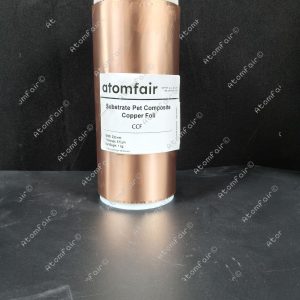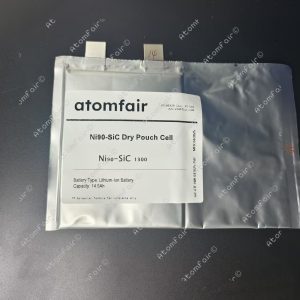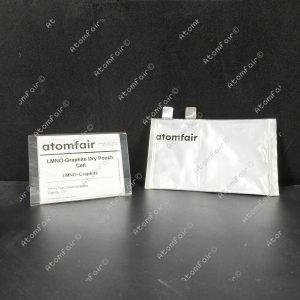Your cart is currently empty!

Atomfair Sodium hexafluorophosphate NaPF6 F6NaP
Description Sodium Hexafluorophosphate (NaPF6) is a high-purity inorganic salt widely utilized in electrochemical applications due to its exceptional stability and conductivity properties. With the molecular formula F6NaP and CAS number 21324-39-0 , this compound is characterized by its white crystalline appearance and solubility in polar organic solvents such as acetonitrile and dimethyl carbonate. It serves as a critical electrolyte additive in lithium-ion batteries, enhancing ionic conductivity and thermal stability. Our product is synthesized under stringent quality controls to ensure minimal impurities (< 99.5% purity), making it ideal for demanding research and industrial processes. Packaged under inert conditions to prevent moisture…
Description
Description
Sodium Hexafluorophosphate (NaPF6) is a high-purity inorganic salt widely utilized in electrochemical applications due to its exceptional stability and conductivity properties. With the molecular formula F6NaP and CAS number 21324-39-0, this compound is characterized by its white crystalline appearance and solubility in polar organic solvents such as acetonitrile and dimethyl carbonate. It serves as a critical electrolyte additive in lithium-ion batteries, enhancing ionic conductivity and thermal stability. Our product is synthesized under stringent quality controls to ensure minimal impurities (< 99.5% purity), making it ideal for demanding research and industrial processes. Packaged under inert conditions to prevent moisture absorption, Sodium Hexafluorophosphate is available in quantities ranging from grams to bulk kilograms.
- CAS No: 21324-39-0
- Molecular Formula: F6NaP
- Molecular Weight: 167.9539502
- Exact Mass: 167.95395025
- Monoisotopic Mass: 167.95395025
- IUPAC Name: sodium;hexafluorophosphate
- SMILES: F[P-](F)(F)(F)(F)F.[Na+]
- Synonyms: Sodium hexafluorophosphate, 21324-39-0, NaPF6, CHEBI:172377, 244-333-1
Application
Sodium Hexafluorophosphate (NaPF6) is primarily employed as a conductive salt in lithium-ion battery electrolytes, improving charge-discharge efficiency and cycle life. It also finds use in electrochemical synthesis and as a catalyst in organic reactions requiring non-coordinating anions. Researchers leverage its stability in high-voltage systems for advanced energy storage studies.
If you are interested or have any questions, please contact us at support@atomfair.com
Related products
-
Atomfair 1 kg/roll Battery Grade Aluminum Foil (200mm W x 12um T) for Battery Electrode Substrate/ Current Collector
$169.95 -
Atomfair 1 kg/roll Battery Grade PET Composite Copper Foil for Battery Anode Substrate/ Current Collector
$529.95 -
Atomfair 1 kg/roll Double Sides Conductive Carbon Coated Aluminum Foil for Battery Electrode Substrate/ Current Collector (200 mm wide 14+1+1 um thick)
$189.95 -
Atomfair 14.5 AH Ni90 || SiC Dry Pouch Battery Cell Without Electrolyte Filling
$550.00 -
Atomfair 1AH LMNO || Graphite Dry Pouch Cell Lithium Ion Battery
$189.95




